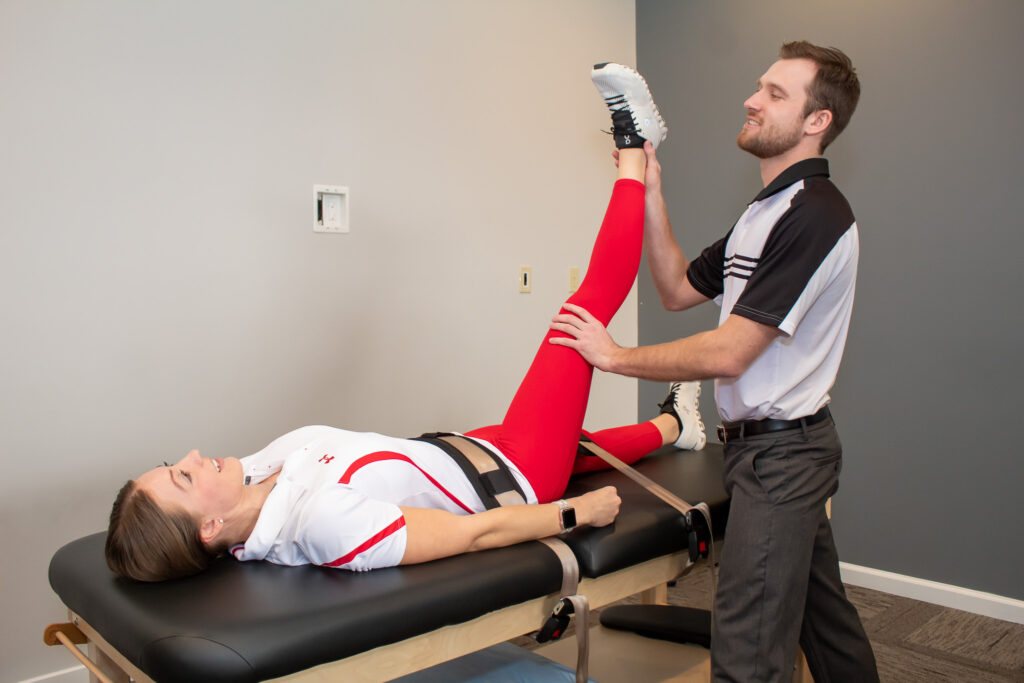Swimming is a demanding sport that requires a combination of strength, endurance, and flexibility. While swimmers are often diligent about their strength and cardiovascular training, flexibility is a crucial but sometimes overlooked aspect of their performance. Assisted stretching has emerged as a game-changer for swimmers, offering a myriad of benefits that contribute to improved performance, injury prevention, and overall well-being.

The Importance of Flexibility for Swimmers
1. Enhanced Range of Motion
Swimmers need a full range of motion in their joints to execute efficient strokes and kicks. Assisted stretching helps elongate muscles and tendons, leading to an increased range of motion. This enhanced flexibility allows swimmers to achieve longer and more powerful strokes, ultimately improving their speed and efficiency in the water.
2. Injury Prevention
The repetitive nature of swimming movements can lead to muscle imbalances and overuse injuries. Assisted stretching targets specific muscle groups, promoting balance and preventing the development of tight areas prone to injury. By incorporating assisted stretching into their routine, swimmers can address muscle imbalances, reduce the risk of strains, and enhance overall structural integrity.
3. Improved Posture
Proper body alignment is crucial for swimmers to streamline through the water. Assisted stretching helps correct posture by targeting tight muscles that may contribute to poor alignment. Improved posture not only enhances hydrodynamics but also reduces the strain on the spine and shoulders, common areas of concern for swimmers.

Assisted Stretching into Training Programs
1. Pre-Workout Routine
Incorporating assisted stretching into pre-workout routines helps prepare swimmers for the demands of training. Dynamic stretches, combined with assisted techniques, warm up the muscles, increase blood flow, and optimize flexibility before hitting the water.
2. Post-Workout Recovery
Assisted stretching is equally valuable during post-workout recovery. By engaging in targeted stretches after a training session, swimmers can alleviate muscle tightness, reduce the risk of post-exercise soreness, and expedite the recovery process.
3. Consistency is Key
To reap the full benefits of assisted stretching, athletes should integrate it consistently into their training regimen. Regular stretching sessions, whether standalone or as part of a broader routine, contribute to cumulative gains in flexibility and overall performance.

In the world of competitive swimming, where every millisecond counts, swimmers cannot afford to neglect any aspect of their training. Assisted stretching emerges as a powerful tool, providing swimmers with the flexibility needed to reach new depths in their performance. By enhancing range of motion, preventing injuries, and promoting better posture, assisted stretching is a valuable asset in a swimmer’s toolkit. As the swimming community continues to recognize the importance of flexibility, assisted stretching is poised to make a splash, revolutionizing training programs and propelling swimmers toward their full potential in the water.


